CROISETTE
CITY OF CANNES / TECHNILUM
The beach entrances of the Croisette in Cannes (FR) are adorned with a new high-end lighting system, providing a uniform nocturnal setting along the famous promenade. This is a distinctive, refined, and atemporal design timeless design that integrates a multitude of services dedicated to the comfort, safety and information of passers-by.
The initial request of the City of Cannes was to ease congestion on the Croisette, make it more easily navigable, and to enhance its beach entrances that, in many cases, lead to high-end beach restaurants and bars and allow for the true Cannes experience. These various beach restaurants have recently been completely refurbished. This project of new masts along the Croisette, which is the result of an international competition, is therefore fully in line with the renewal and upgrading initiative that the city of Cannes has implemented over the last few years in a restrained and inclusive manner.
The goal of easing congestion involved around ten functions and services concerning the masts, while ensuring that they have a degree of elegance and timelessness. Beacons on the new masts are intended to highlight the beauty of the curve of the Bay of Cannes in the evening, since the Croisette is a favourite location for Cannes residents and tourists alike to meet and take a stroll. These masts mark the entrance to the beaches, and indeed to a certain Cannes lifestyle.
The design of the masts is based on the concept of a sheath dividing the mast into two parts, top and bottom, and giving it its unique dynamic. The upper part is like a sheath, a second skin, which is slotted into the lower part of the mast, in a similar way to the scabbard of a sword. The unique dynamic of the mast is marked by a drop-off and is reinforced by the emblem that itself becomes a structural element, overhanging the luminous carpet of the Croisette, setting the rhythm of the evening walkers.
The emblems that are now placed perpendicular to the Croisette become more legible from a distance. The lettering of the beach names has been standardised in such a way as to give the whole experience a more high-end feel and to give it something of the character of the city. The flags are now the outlet through which every beach can fully express its personality and the differences in what it has to offer.
The lower part of the mast contains more functional features that people can directly interact with: menu holder and letterbox. The upper part of the mat mainly groups together all the elements that define the visual signature of the Croisette: emblem, flag, beacon lighting, as well as some features to improve public safety such as CCTV cameras and loud-speakers that can be used to broadcast tsunami warnings, among other things.
A menu holder that is an invitation to discovery, an outstretched arm, which harks back to the little desks one often finds at the entrance to large restaurants, and on which customers come to open and rest their menus. The design of this menu holder is a subtle nod to the Art Deco style often found in some of Cannes' major hotels, with its simplified geometric shapes and matt gold finish (a finish that is also found on the numbering of the masts, similar to that found on some aristocratic houses). One of the main requests was to integrate a menu-holder on the mast to free up space on the promenade, but also to provide detailed information to potential customers in the interests of clarity. The goal was to keep it simple and not to opt for a digital menu, in order to limit visual and light pollution on the Croisette as much as possible.
Like a rucksack, a round letterbox has been integrated into the masts, which gives them a warmer look. This is definitely an unexpected feature to find on a mast and in a place like this, but this was a response to the wishes of postmen who no longer wanted to have to go down to the beaches to deliver the mail.
Going further up the mast, it becomes clear that from a purely technical point of view camera and loudspeaker technology have been integrated as far as possible so that, despite the number of elements to be incorporated, the mast remains as fluid and pure as possible.
The aim was also to bring a certain richness to the lighting, most notably through the texture of the light projected onto the ground, so as to make it more visible and secure. Complementing the discreet lighting of the emblem and menu, the lighting texture seeks to evoke the sun’s reflection on the sea and is made possible with the help of projectors equipped with light-emitting diodes and focusing lenses. This work is characteristic of the research on light by the lighting designers of the On Agency in Paris, who worked on all lighting-related aspects of this project.
On the upper part of the mast, the sign also benefits from a specific light treatment by means of a technical process, as the lettering during the daytime is black so that it is legible on the white background, while during the night it turns opalescent and is backlit.
The flag, which is one of the key elements of the beach edges, is especially constrained, since everyone likes to feel the open sea and the state of the sky through the wind that brings the flag to life. It is held in position from above so as to form a graphic entity with the sign and to simplify the overall reading of the mast. Despite everything, it remains a living element of the mast since it still partially floats in the wind bringing life and humanity to the whole mast.
On the spine of the mast, beacon lighting reflects the curve of the Bay of Cannes. Thus, in the evening, once the public lighting has been switched on, the sides of the mast reveal small LEDs drawing a dotted line up the upper part of the mast. These embedded LEDs are arranged in a simple manner, rather like the stripes on a pair of trousers. Located to the left and right of each mast, they create a visual unity between all of the masts along the Croisette, thus highlighting its unique curve. Depending on the days of the week or the events taking place in the city or nationally, light animations have been designed and programmed to create a global light movement over the whole of the Croisette and thus animate and adorn the Bay of Cannes.
The whole of the mast is therefore intended to be a truly distinctive design that at the same time maintains a certain restraint and and a search for just the right proportions so that all the different functions required by the city are harmoniously integrated. The whole mast, made entirely out of aluminium with no welding, is also a work on materials with parts that have been directly digitally milled from aluminium blocks. The simplicity of the shapes and the way they are worked into the thickness are there to give the masts an opulent and timeless look, for they are there to last and make their mark on history
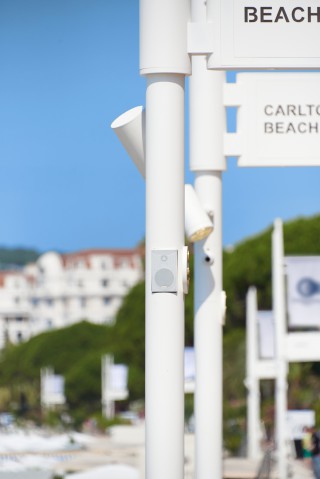
photo Hugo Da Costa
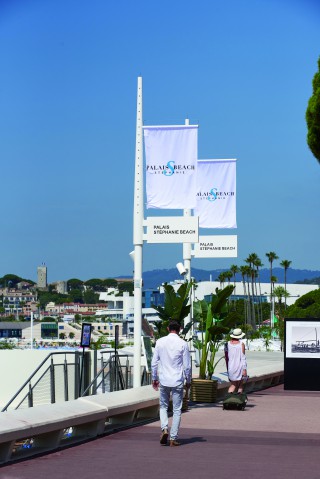
photo Hugo Da Costa
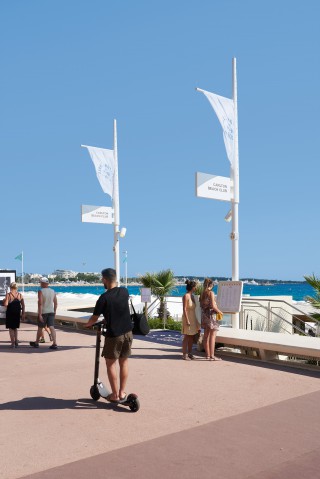
photo Hugo Da Costa
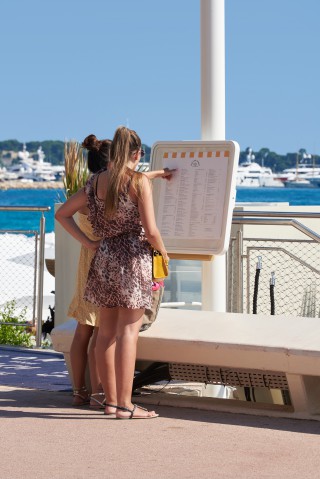
photo Hugo Da Costa
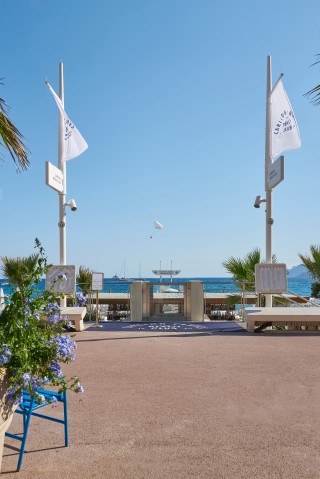
photo Hugo Da Costa
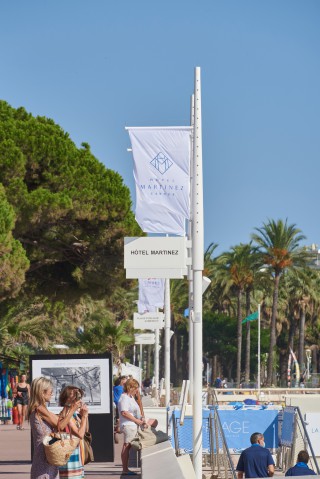
photo Hugo Da Costa
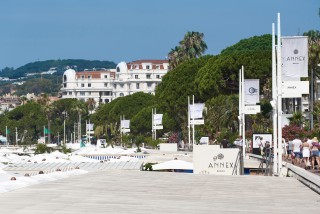
photo Hugo Da Costa
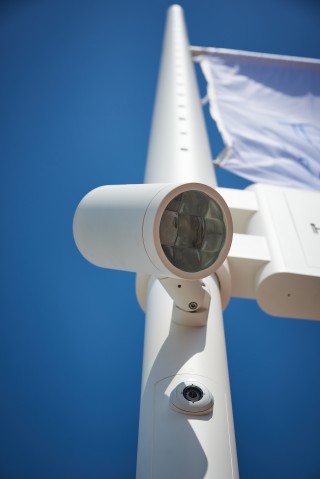
photo Hugo Da Costa
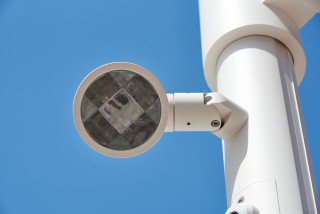
photo Hugo Da Costa
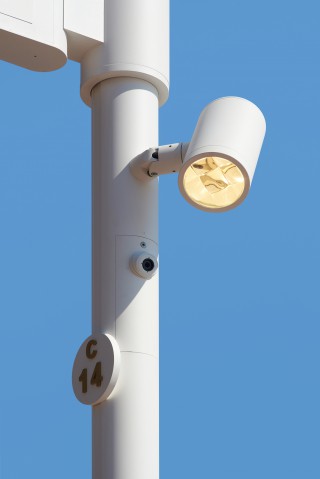
photo Hugo Da Costa
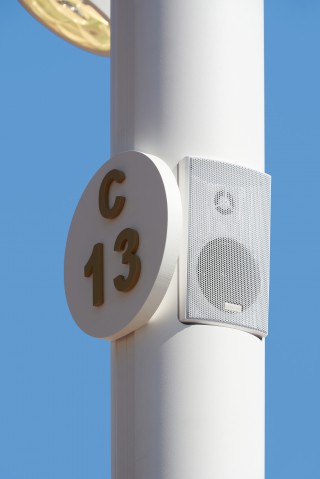
photo Hugo Da Costa
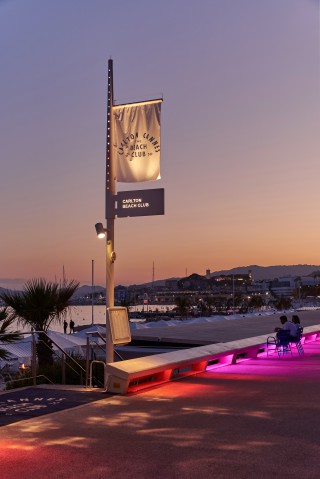
photo Hugo Da Costa
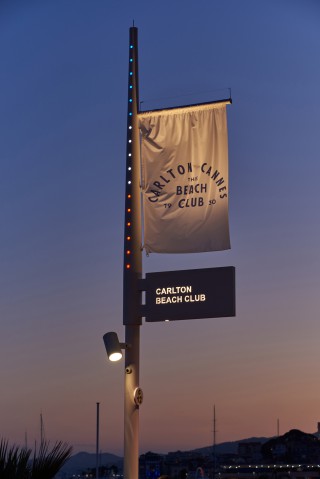
photo Hugo Da Costa
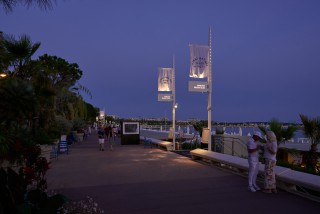
photo Hugo Da Costa
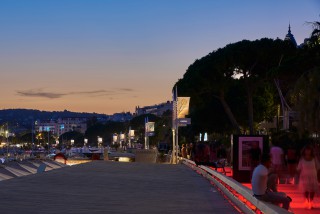
photo Hugo Da Costa
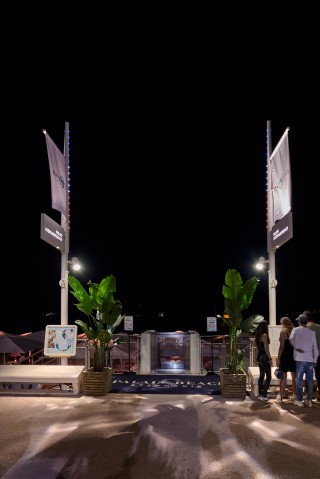
photo Hugo Da Costa
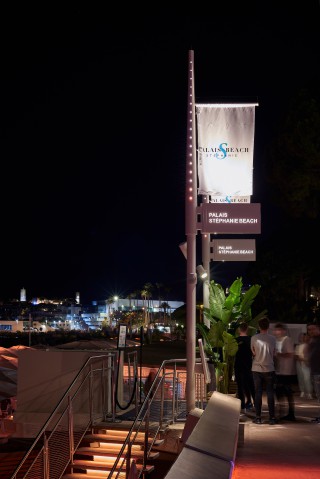
photo Hugo Da Costa
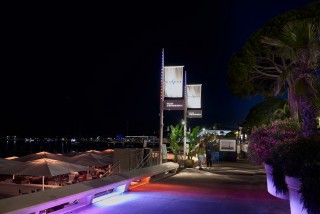
photo Hugo Da Costa
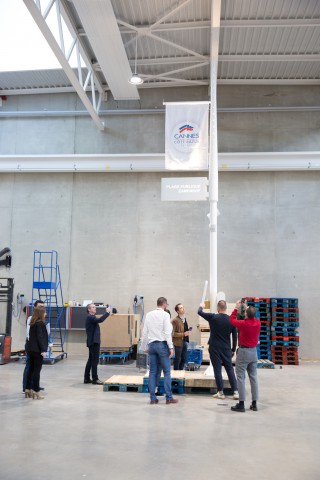
the first prototype
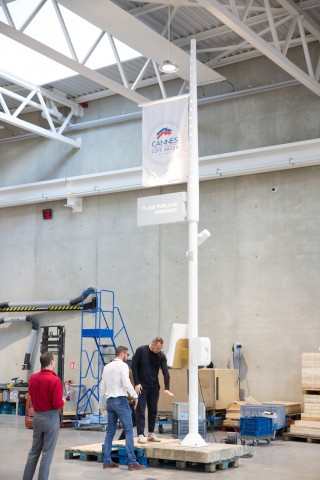
the first prototype
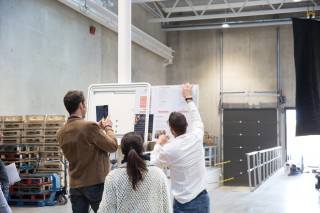
the first prototype
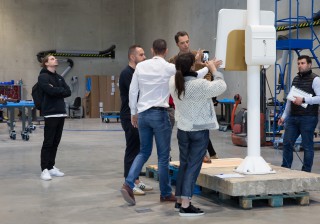
the first prototype
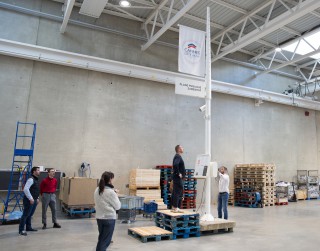
the first prototype
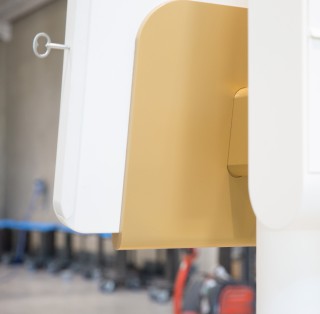
the first prototype
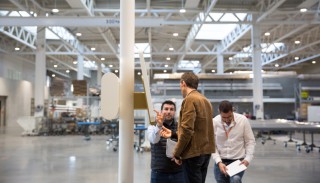
the first prototype
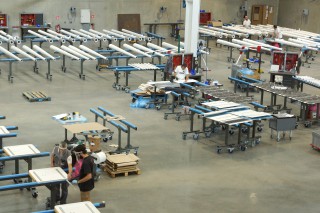
the production at Technilum in Béziers
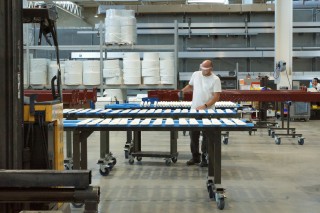
the production at Technilum in Béziers
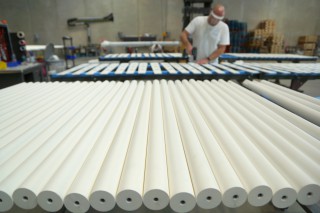
the production at Technilum in Béziers
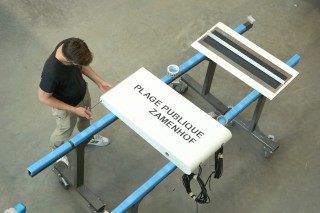
the production at Technilum in Béziers
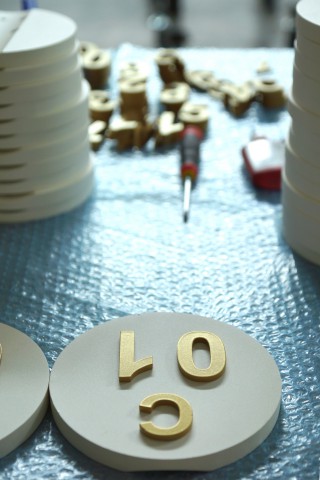
the production at Technilum in Béziers
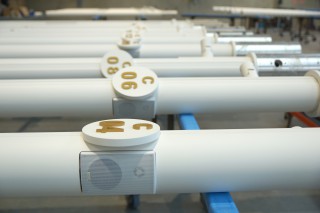
the production at Technilum in Béziers
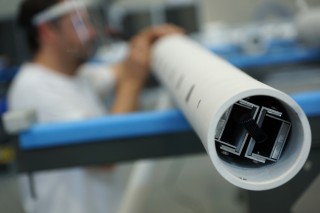
the production at Technilum in Béziers
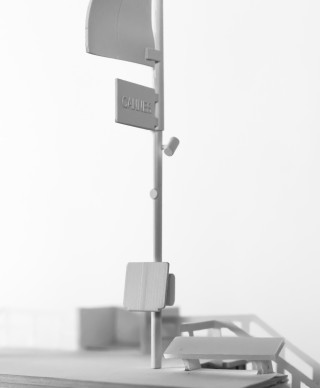
mack-up
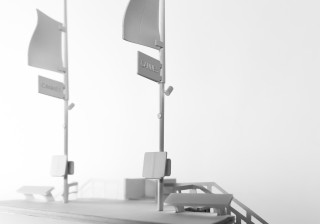
mock-up
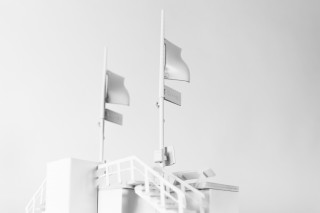
mock-up
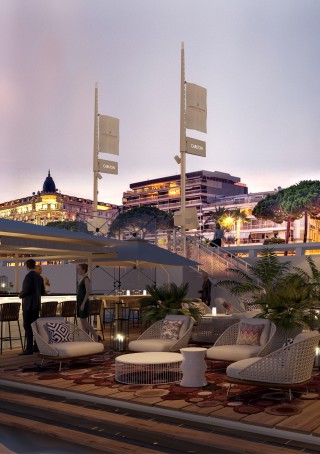
render of the original winning design